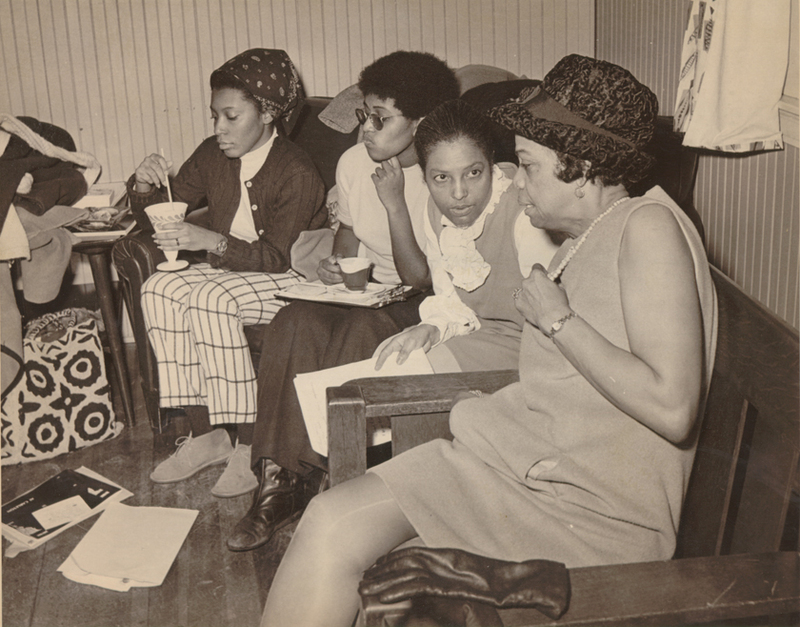From Smith to Dartmouth
Because I wanted to get the heck out of Dodge!
Vicki Marks
Vicki went to Smith because she wanted a new adventure. She wondered what it would be like to attend school outside of the South, where, she thought, she would not be exposed to the blatant racism of the segregated South. Besides, she knew there was more to the world than Atlanta.
Dartmouth’s academic reputation and offerings were a huge draw for transfer students. For instance, Vicki knew she could take economics courses at Dartmouth that would make her attractive for graduate school. A pamphlet produced by and for Black students listed among the offerings the extensive collection at Baker Library, artistic productions at the Hopkins Center and athletics facilities including an Olympic-sized swimming pool. If a student publication thought these important to promote, it suggests that these were not resources that could be enjoyed on many other campuses at the time. The authors also claim, somewhat ominously, that “Black students who come to Hanover are more interested in gaining an education than in improving their social life.” This suggests that many Black students acknowledged and were willing to sacrifice aspects of their social life for the educational opportunities promised by the Ivy League.
And while I felt that there were like absolutely brilliant women at Smith, they didn't really [pause]. I don't how to explain this, but you had all these really bright women who didn't necessarily... I don't know if what was reticence. I don't know if it's because of the age that we grew up in... But didn't often [pause] you couldn't get into lively discussion. Now I consider myself an introvert, but I would go to class, and classes were small. So you might have ten, fifteen women in a class. And sometimes there was just not a discussion getting started, so I would start a discussion. Because it's like "They're crickets here!" And I want to have a discussion. Speak up!
Vicki Marks
Vicki first went to Dartmouth on her exchange program as a transfer student. Transfer students were perhaps the first group of Black, female students to be educated on campus in any significant number. Then vice president Ruth Adams referred to Black women as part of the “the ultimate minority group” because they faced discrimination on both gendered and racial fronts. Fortunately, Vicki did not have this experience.
Dartmouth also had a short-lived partnership with an HBCU, Alabama’s Talladega College which also produced some exchange students. Wally Ford ‘70 wrote an article for the Alumni Magazine which included pictures of students, two of them female, who were in the exchange program from Talladega.
So I knew nothing about the exchange program and so Teri started telling me that she and Leslie were applying to the exchange program at Dartmouth. And I thought, “Oh, I love Dartmouth. I got a lot of friends there. I know the campus very well. I feel very comfortable there. That would be a great place to go for a year. And probably having that on my academic record would probably help me get into grad school!”
Vicki Marks
In the late 1960s, the Black students at Dartmouth demanded the dedication of a building that would function as a centre for Black culture and provide residential space for a small number of Black students. Officially called El Hajj Malik El Shabazz Center, it was referred to as “the Temple” by some students in the early 1970s. Vicki refers to it in the interview as “the Aam” (The Afro-American Society). Vicki lived in the Choates dormitories behind Shabazz Centre. In the photo showing the Choates, you can see a small part of the roof of Shabazz in the background. Vicki describes going back and forth through Shabazz several times a day, as many Black students congregated there. Back then, almost every Black student on campus was a member of the Aam. Their social committee organised events like parties with Black women at neighbouring schools and athletic events.




